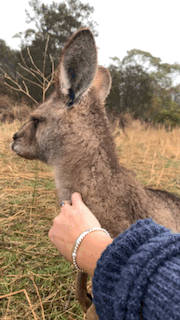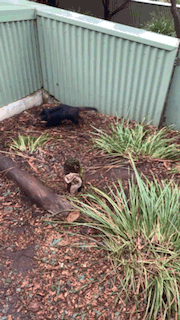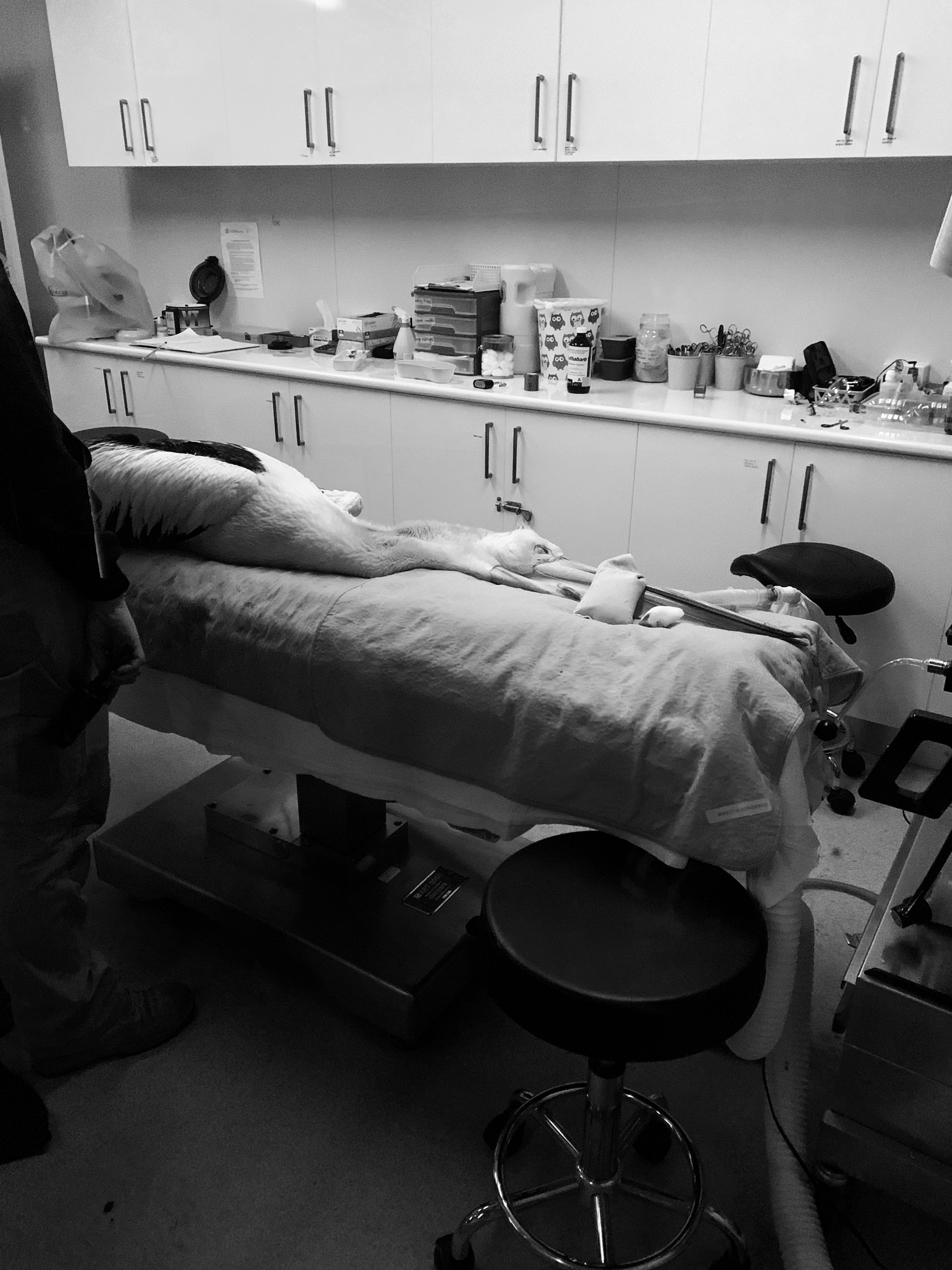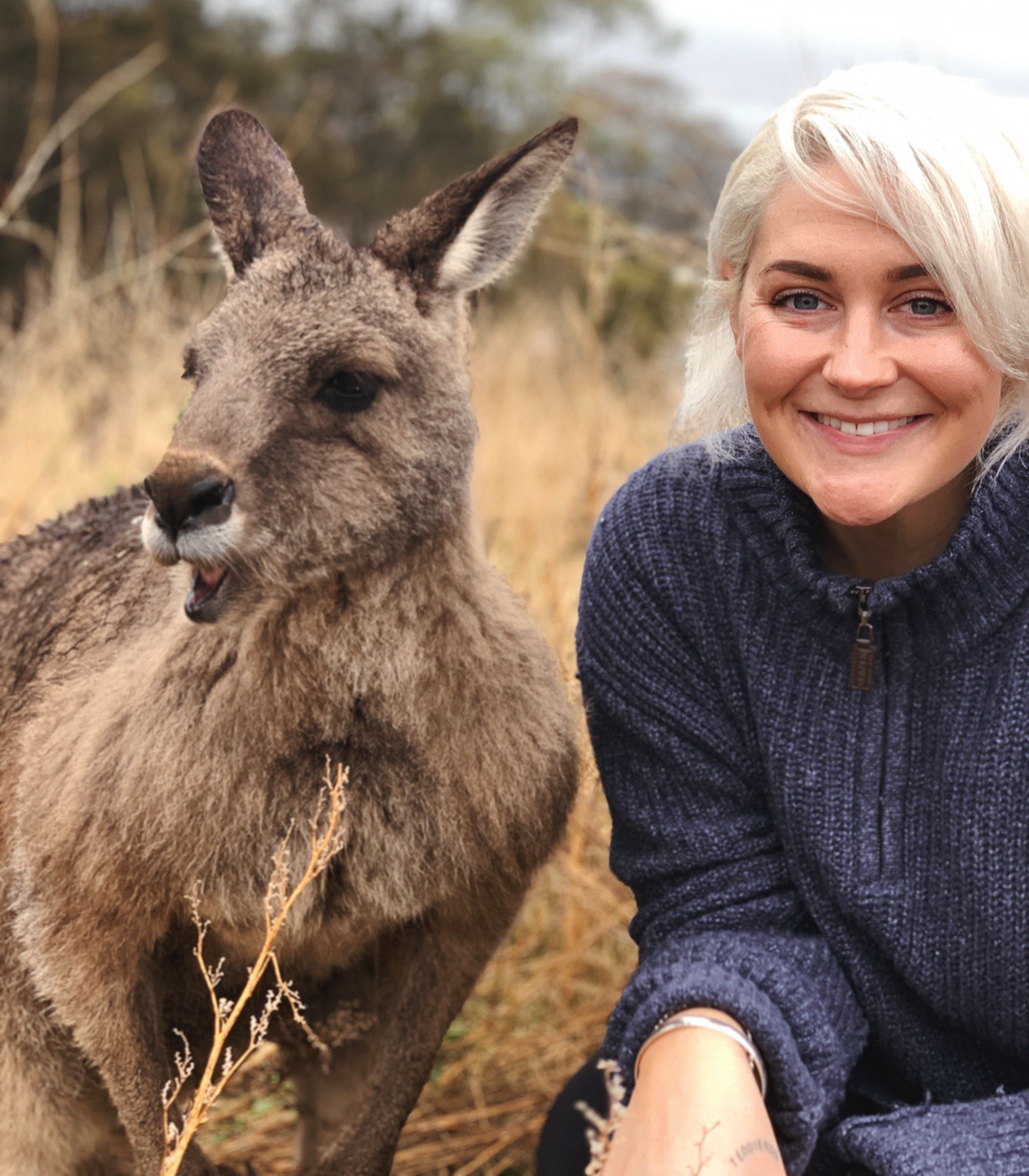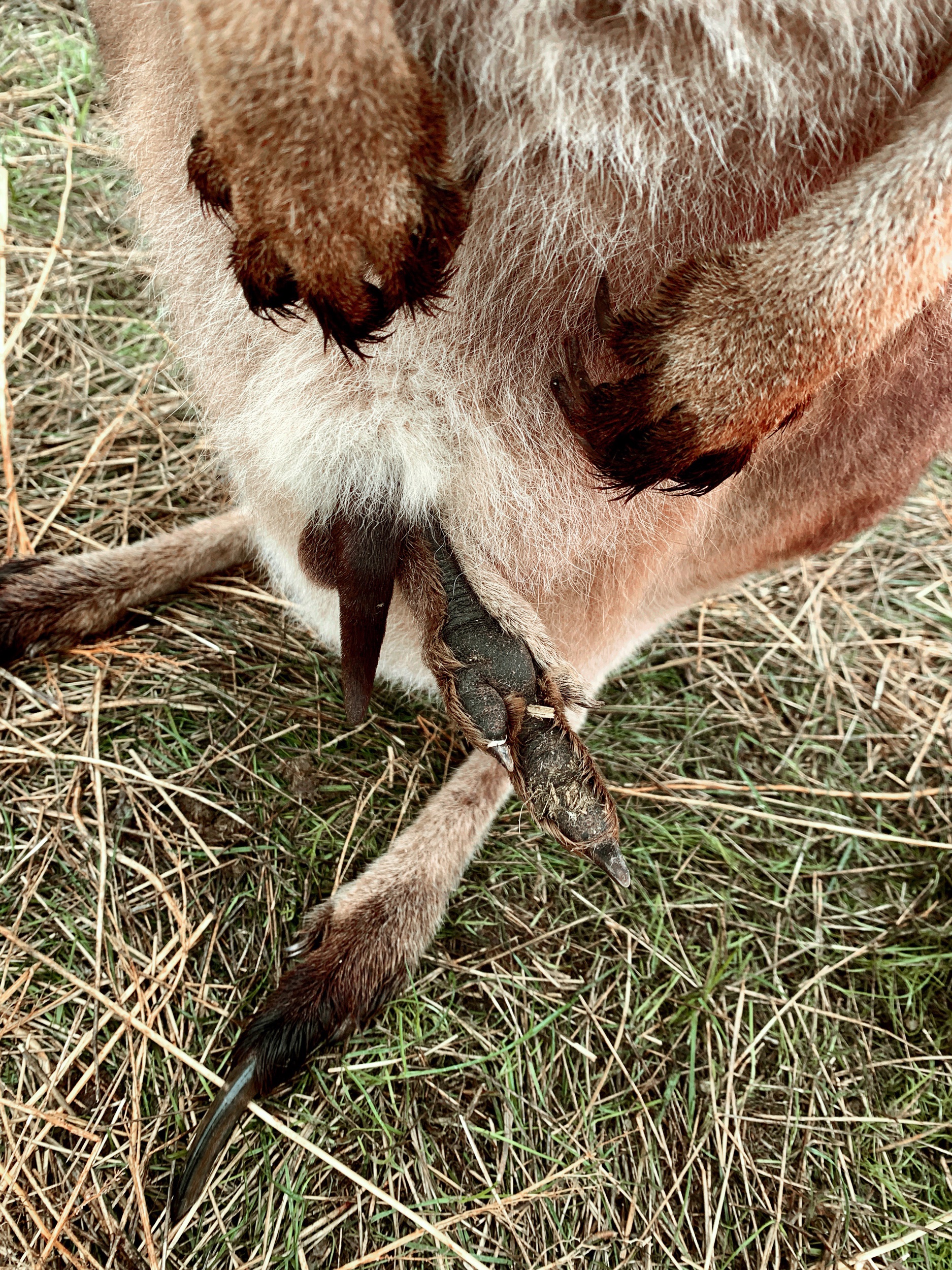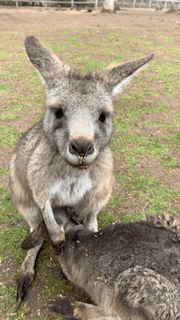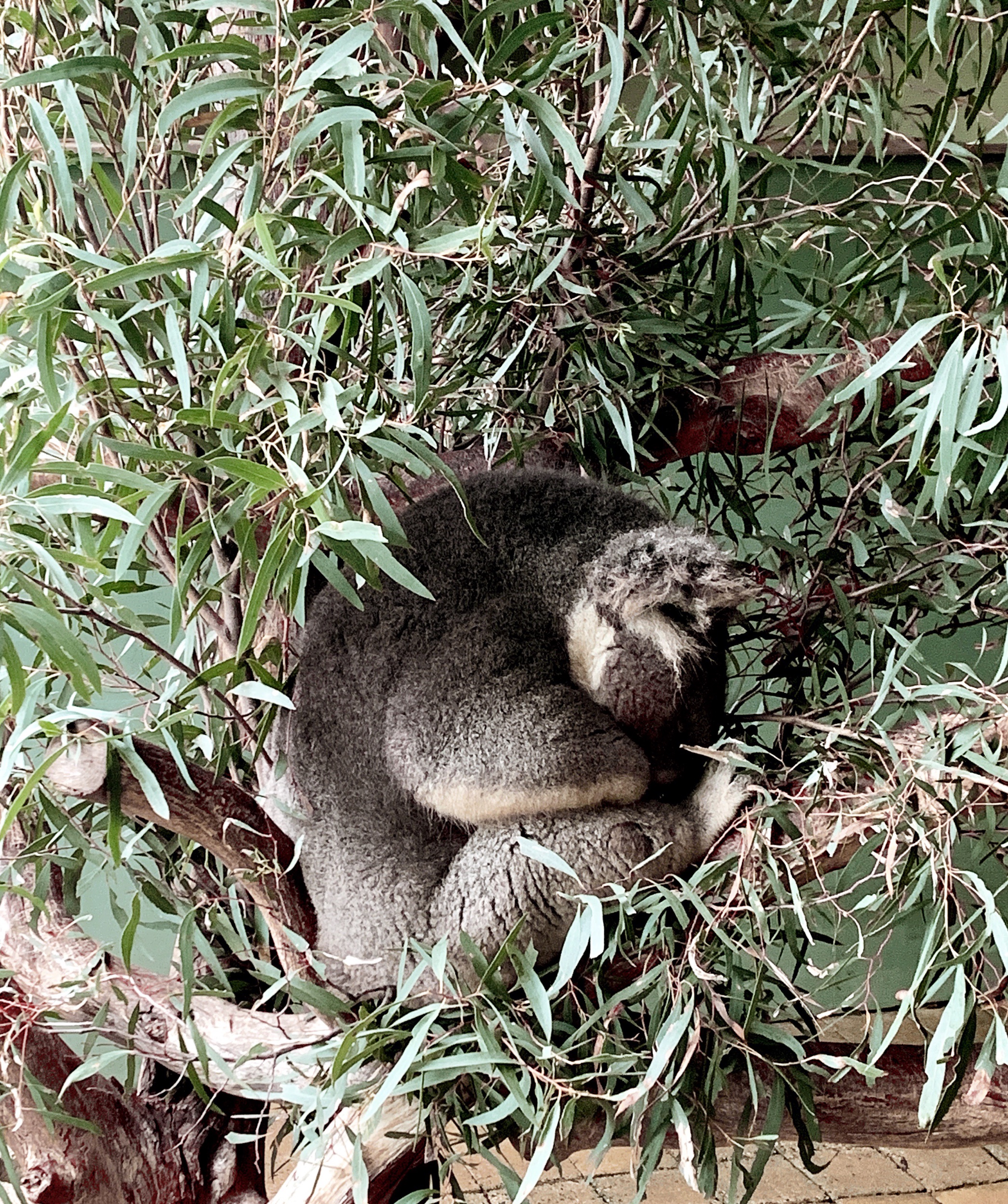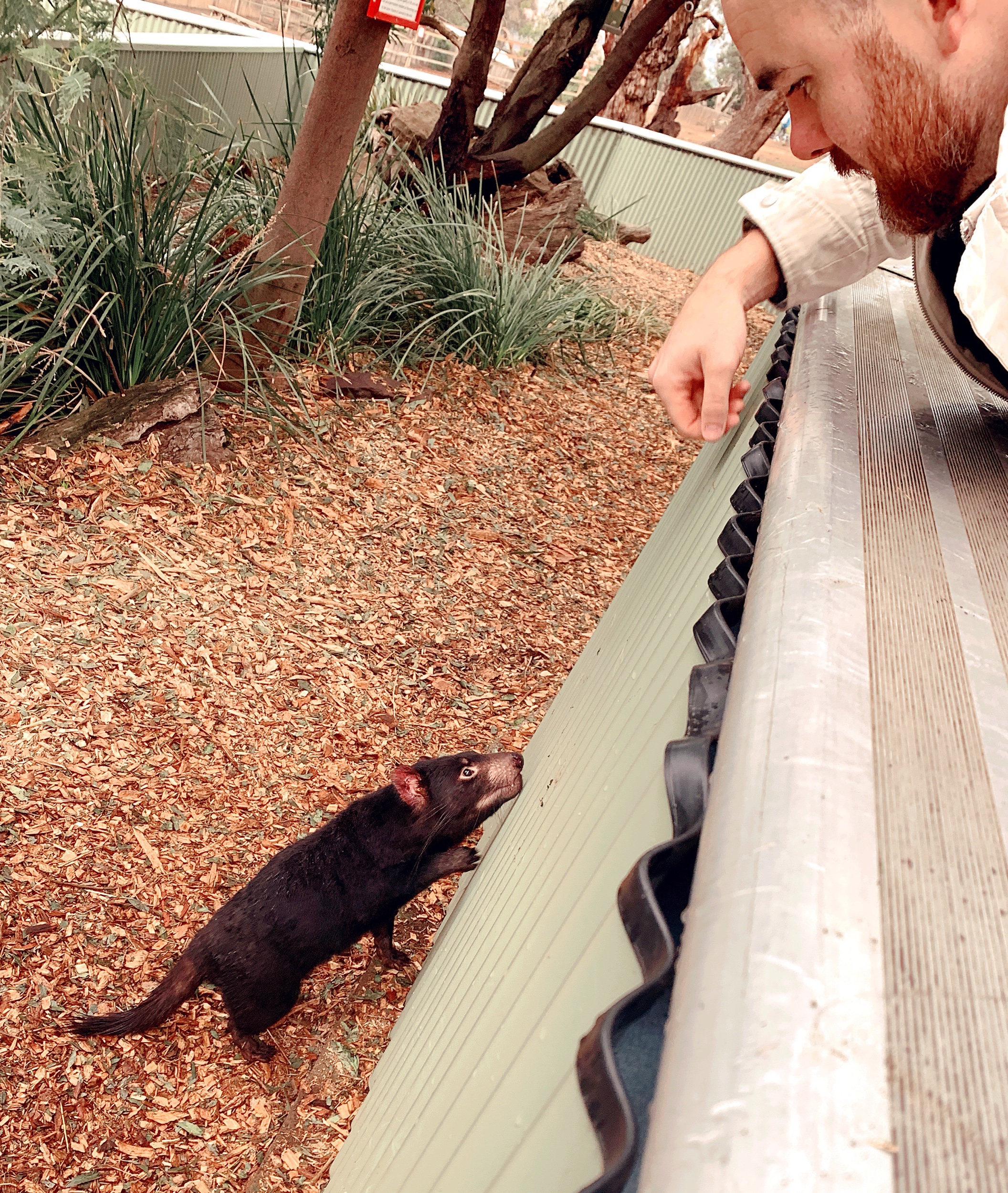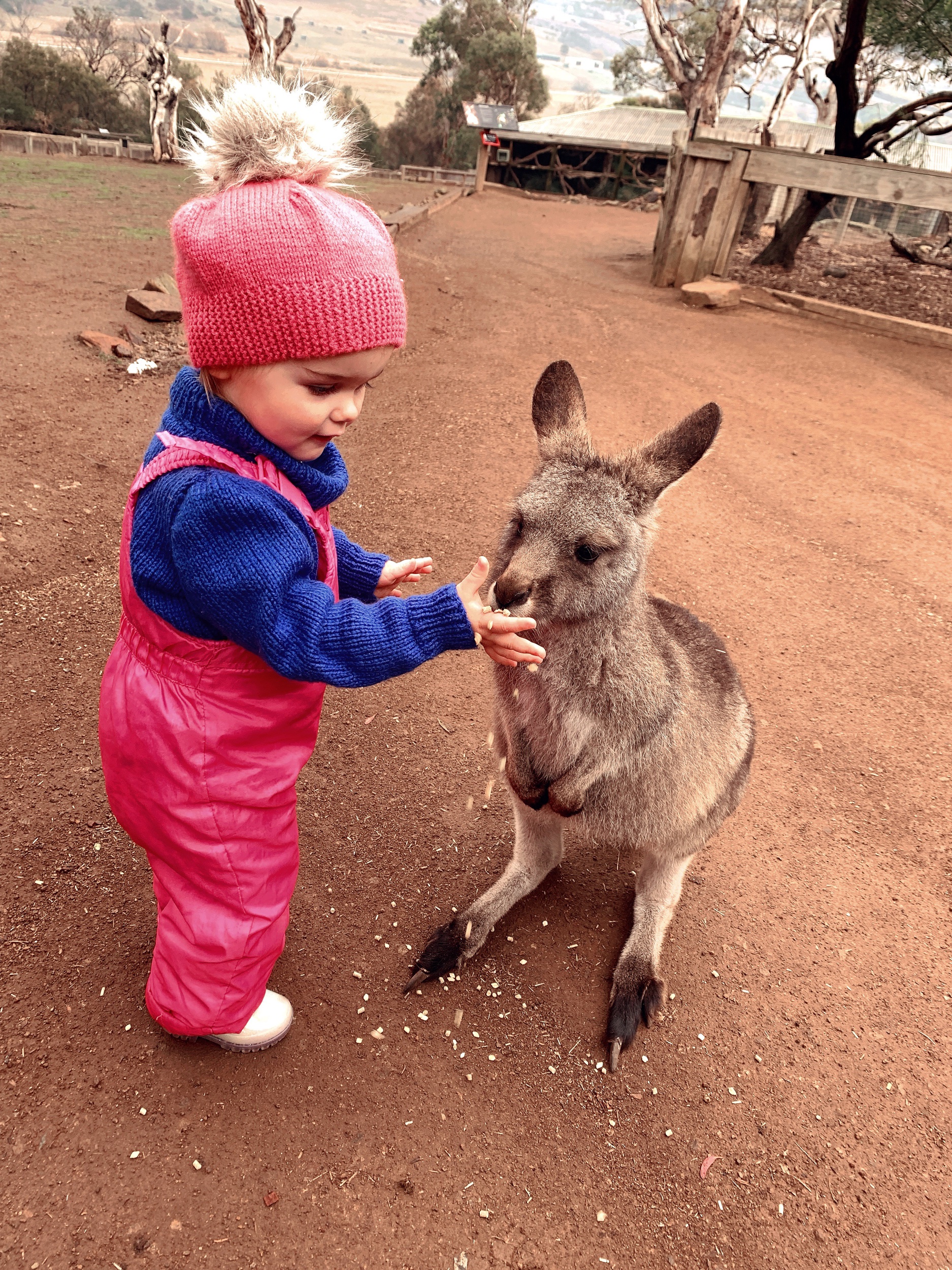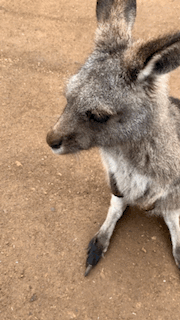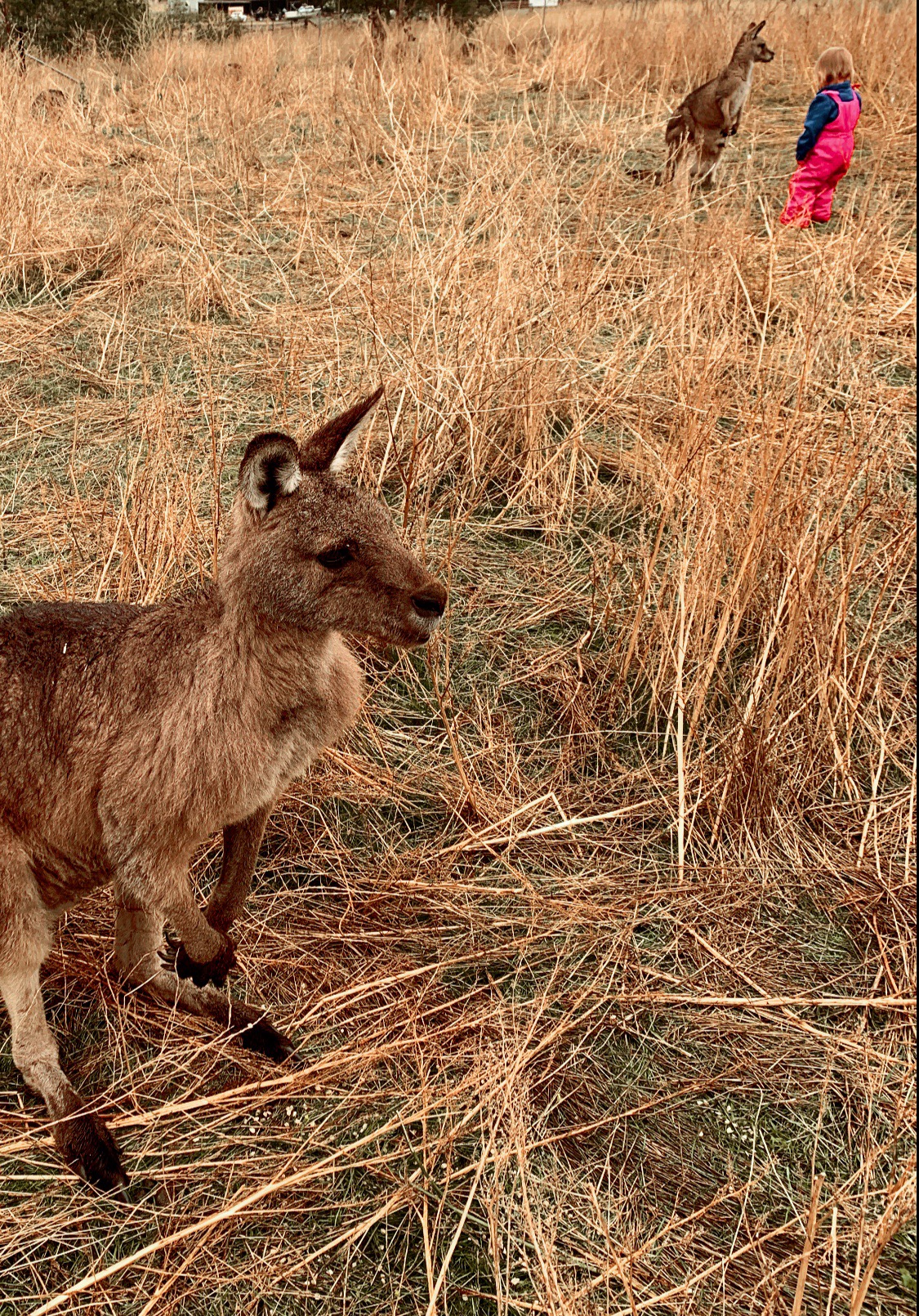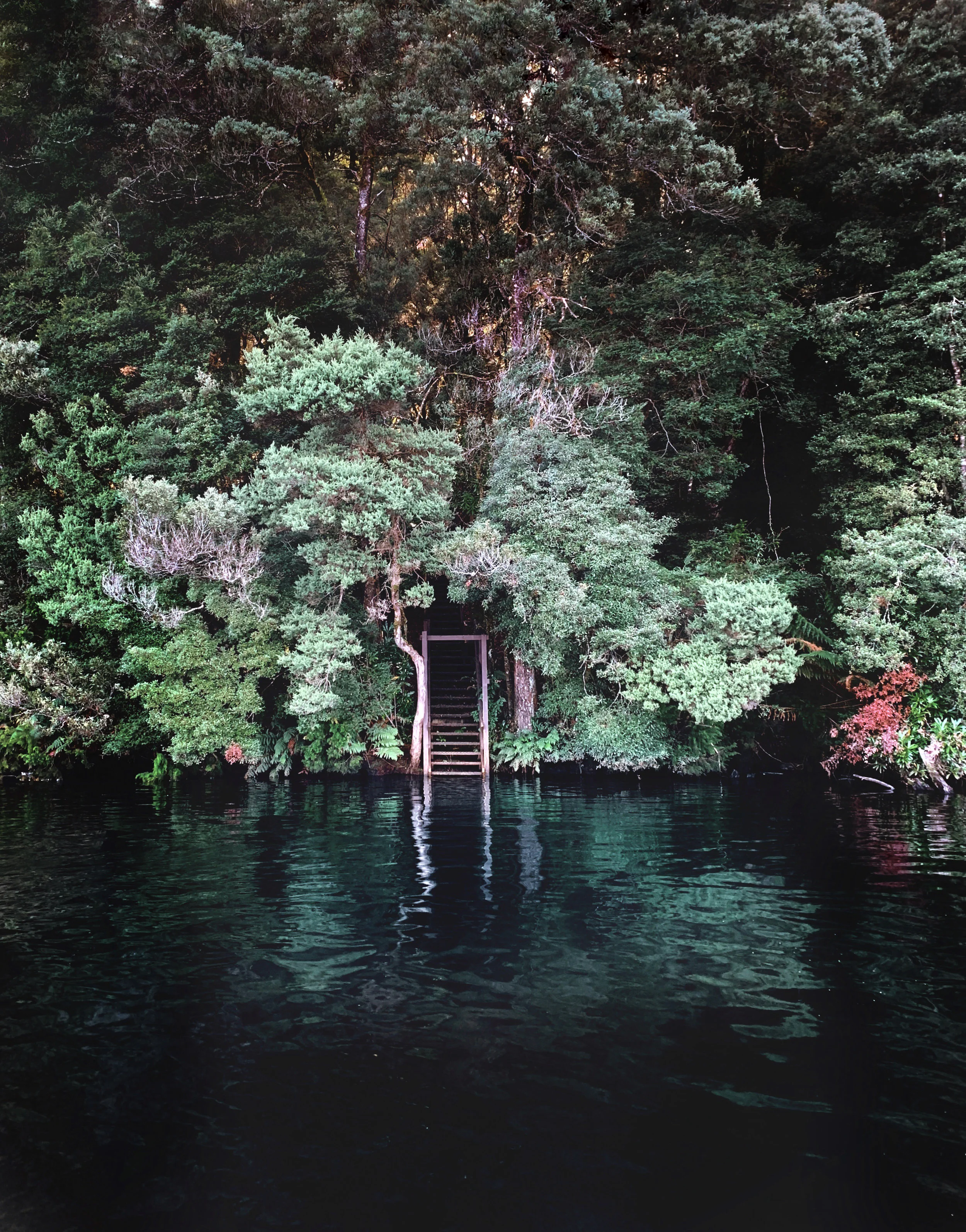BONORONG WILDLIFE SANCTUARY & RESCUE

Bonorong Wildlife Sanctuary
Bonorong - meaning Native Companion in aboriginal language. I think most of us in the Hobart area have been there once in our life. Maybe with school, a trip with the grandparents or to show your out of town friends what special animals we are lucky enough to call natives here in Tasmania. One thing is for sure, once isn’t enough! This place is a sanctuary, not just for ourselves to escape the rat race but more importantly for our wildlife. It is run by passionate team of staff and assisted by numerous volunteers, they all have a big heart and they use their skills and resources to help Tasmania’s wildlife and fix the problems that we most likely have caused. A visit to Bonorong is a chance to get up close and personal with the inhabitants we share this island with and to appreciate the impact we can have on them - both positive and negative. In the wild the animals are certainly more scared of us than we are of them but here at Bonorong they are both fragile and grateful for the care the team have given them so they can go on and live a better life.
Just by visiting this unique place you are helping and becoming part of the solution, the Sancuary is only funded by entry fees, grants and donation and every dollar counts.
Bonorong are open all year round from 9am-5pm including weekends and public holidays. Adult are $30 and kids $16 (3-15 y.o) BUT you get great value with an annual pass which are only $40 adults and $21 for the kids, this means you can go whenever you want and with kids, its a great excuse to get them out of the house!
You get a small bag of kangaroo food as you enter and trust us, this won’t last long. You can walk around at your own leisure and stay as long as you want. There are feeding tours at certain times throughout the day and a small shop and communal bush tucker spot to feed yourself. If you are in for the long haul, then perhaps pack a lunch.
Teddie loved hand feeding the huge kangaroos and they were so gentle with her despite being more than twice her size. Some even liked a pat and a neck scratch like our pets at home do.
We saw wombats, kangaroos, cockatoos, belongs, quolls, lorikeets, echidnas, koalas, bettongs, emus, kookaburras, tawny frog mouth, devils, blue tongue lizards and many more. The residents are forever changing - as not many are permanent like in a zoo, Bonorong exists so they can rehabilitate and get healthy native animals back to the bush so they can live their best Wild Life.
Each animal has their own story to tell and one in particular has a special place in our hearts, Maria. Maria is a Tasmanian Devil who was orphaned as a joey after a suspected car accident. Her injuries left her with brain damage and blindness in one eye, these injuries now mean she can only move in circles. For Maria, this means she won’t survive in the wild so she is a permanent guest at the wildlife sanctuary, where her quality of life is great.
THE INTERESTING FACTS
Tasmania is the worst affected state when it comes to animals being hit on our roads.
All forms of marsupial babies are called Joeys!
Feral cats in 2013 15.6 million in AUS (not including domestic cats) Each cat will kill approximately 4-5 native animals in a 24 hour period. That equates to around 50 million per day. Remember this does not include all the animals domestic cats kill.
Possums cannot be relocated further than 500m from their territory as they will be attacked and possibly killed by other possums.
Record where Echidnas are found as they may have young in burrows close by that need rescuing. The lifespan of an echidna is still not known due to lack of research.
97% of calls get reached by rescuers (how good is that!)
Not all VETS will take injured wildlife. It is a costly exercise and not all vets specialise in wildlife, so best to give the Resuce service a call on 0447 264 625
On our way out we decided to take a peek from the viewing deck of the new animal hospital, there is one way glass separating the public from the inside vet facilities. We were told it was closed that day as it was a public holiday but when nature calls Bonorong are there to help no matter what, 24/7. To our surprise there was a large Pelican on the assessment table getting checked over by a wildlife carer and a vet who looked to be fixing an injured wing. It was great to get an appreciation for the work that is done behind the scenes and empowered us to want to do more, which brings us to.... The Wildlife Rescue Service.
Bonorong operate Tasmania’s biggest 24/7 Wildlife Rescue Service where their volunteers bring aid to thousands of unfortunate animals each year. There were 8500 rescues last year & already this year they are sitting at around 6000! To become a rescuer with Bonorong you just need to attend one of their FREE trainings click here for more info
The rules of roadkill - reference Bonorong flyer
One of the two Curious Rainbow Lorikeets
We decided to sign up to the Rescue Training because in the past couple of years we have collected a few helpless animals on our travels & have taken them to a VET, a number of which Bonorong are affiliated with to give the public more options when finding an injured animal. A few of the animals we rescued prior to Bonorong training were;
Wombat suffering from severe mange. We took him to North Hobart vet where he was euthanised and did not have to suffer anymore in the wild. Mange is wiping out wombats all over the state & is a slow & painful way for them to go. Hopefully one day there will be more research conducted & a cure found!
Galah injured by a car on the East Derwent Highway. We again took it to the vet.
Wattle bird (in our own backyard) We took her to Montrose vet on this occasion who are also recommended by Bonorong.
But with lack of knowledge about what is the BEST & SAFEST course of action to take when helping injured animals, we wanted to do something so we can be better prepared in the future because we felt it is bound to happen again!
We did the training program in May at UTAS, it went for 5.5 hours (11-4:30) and tends to be held every month and sometimes in the North of the state also. We weren’t sure what to expect when we arrived and we were surprised see around 100 other people there to also do the training. This made us very happy that there are this many people regularly who want to help & find out more about Wildlife rescue. In fact, there are over 15,000 people who have done the training so far!
We learnt valuable information about the best way to handle injured wild animals, mostly marsupials and we recommend anyone who is interested to give this a go!
The NUMBER ONE tip we can give to you if you see an injured animal is to call the Bonorong Wildlife Rescue on 0447 264 625 (0447 ANIMAL), seriously save this in your phone and it is statewide! They will tell you exactly what to do and get a carer to the animal as soon as possible
The most friendliest Wallabies you will ever see
A few other Tips from our training are;
If you see fishing line and hooks PICK THEM UP , they cause the third highest injuries in birds.
Pick Up Rubbish!! A huge sea Turtle was rescued (in Howrah of all places) because it was so full of plastic bags, it made it float & obviously could not swim under water and it eventually drifted to the shore on Howrah Beach. Fortunately the turtle was nursed back to health and released.... But most likely released to more rubbish with the chance of the same story happening again.
Slow down at dusk and dawn, this is when most animals are active and visibility is difficult for drivers.
SAVE this NUMBER - Bonorong Wildlife Rescue 0447 264 625
FOLLOW OUR ADVENTURES ON INSTAGRAM HERE
ReferencesBONORONG: https://www.bonorong.com.au/


